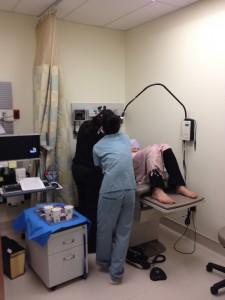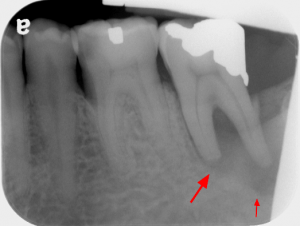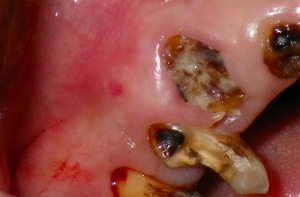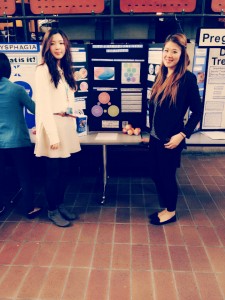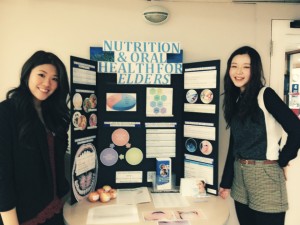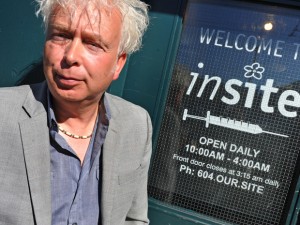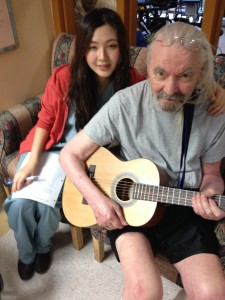At UBC Dental clinic, I had never seen a pregnant woman as a client so it was an unique yet challenging experience form me to provide effective clinical therapies for pregnant mothers at Jim Pattison Maternity Clinic. The pregnant mothers at that site usually had medical conditions, especially gestational diabetes, and other social problems (ie. addiction and income) which add difficulties and seriousness of cases. As well being pregnant mothers, many of them could not handle usual long dental hygiene appoints happened at UBC dental clinic. Also my ergonomics had to be compromised as pregnant mothers had to be upright positions with a wedge under right lower back to have comfortable postures for the mothers. Another challenge came up with language barrier, as most of the mothers spoke Punjabi with no or little English literacy so it was difficult to present diagnosis and treatment plans as well as to build rapports to gain their cooperation. Many mothers presented with generalized plaque-induced gingivitis modified by hormonal fluctuations from pregnancy,
which was closely related to their chief concern of sensitivity teeth and bleeding gums. There was limited equipment as no powered-instruments and local anesthetics were not available. Also, being a left-handed clinician, there was no space for me to come to the left side of the medical bed to effectively position myself to provide therapy. Yet, I managed to each case effectively by going over all the medical considerations ahead of time to maximize my given time, removed calculus effectively by using various provided tools and built rapport with my patients by discussing about babies and pregnancy. I also interacted many children and babies by providing toothbrushes and talking about oral hygiene habits for children and babies which intrigued mothers to have better oral health status and to gain knowledge about oral hygiene habits. Overall, I improved my clinical therapy skills by overcoming all the listed obstacles and interacting a new cohort of clients.

